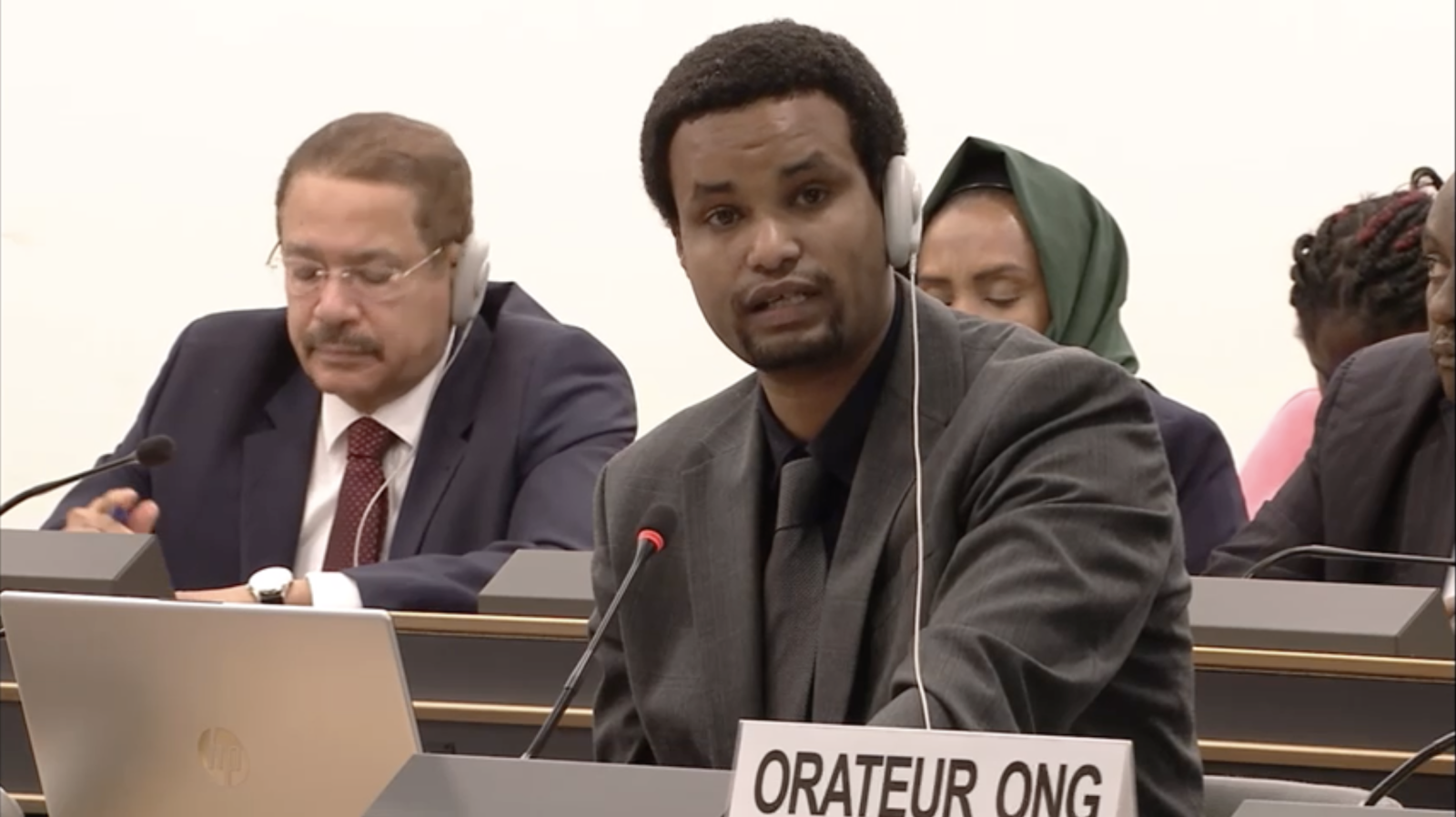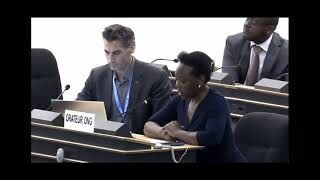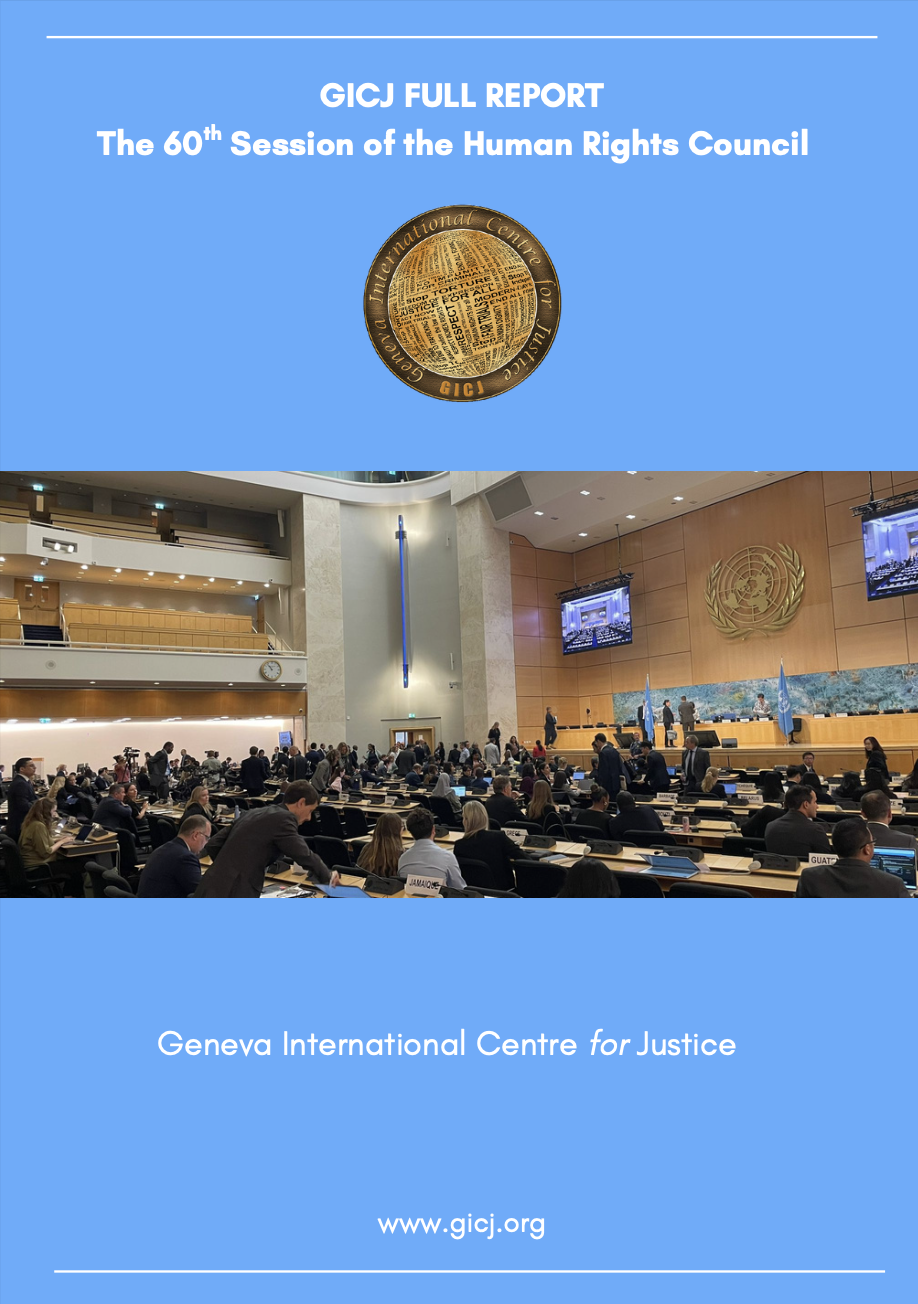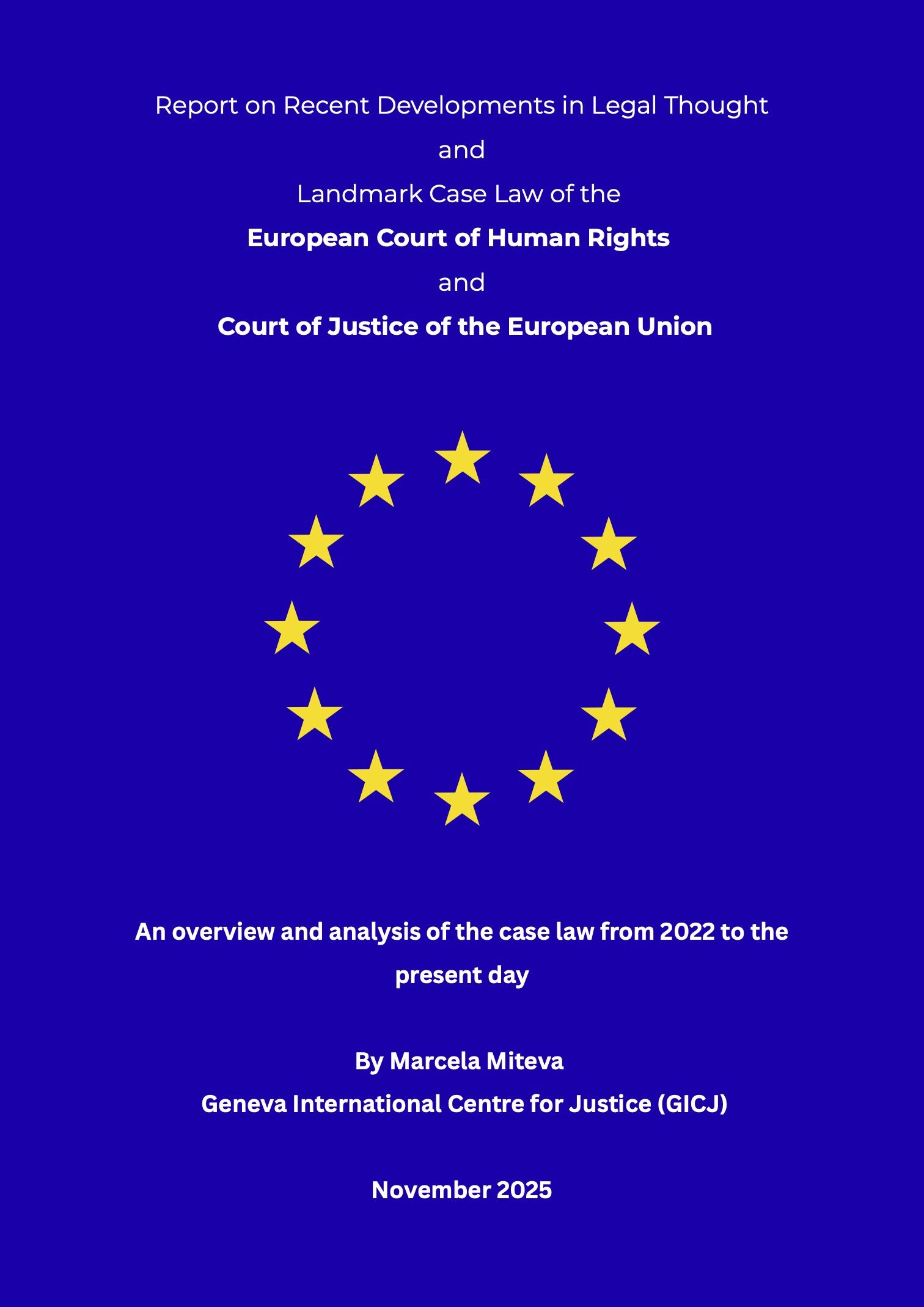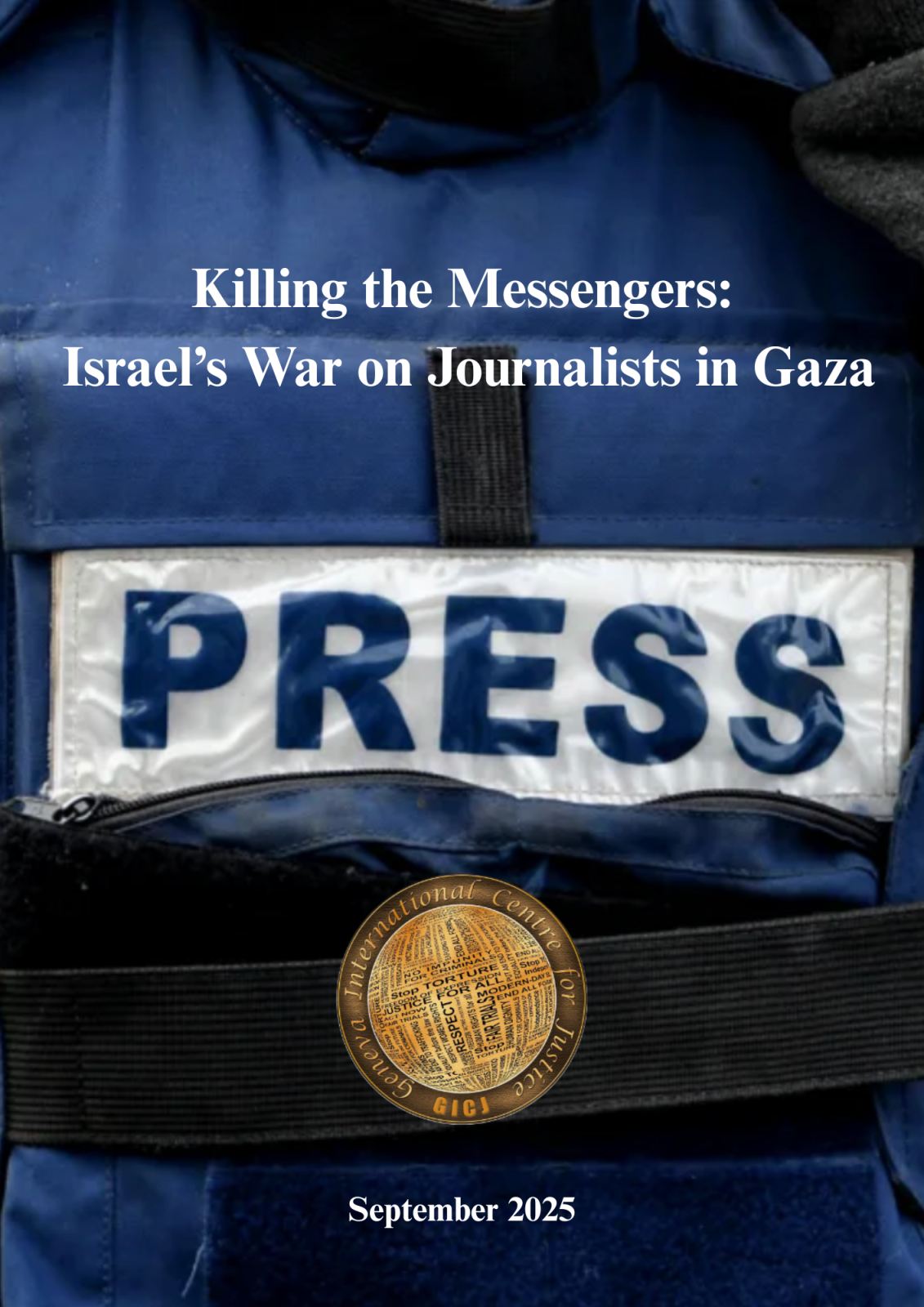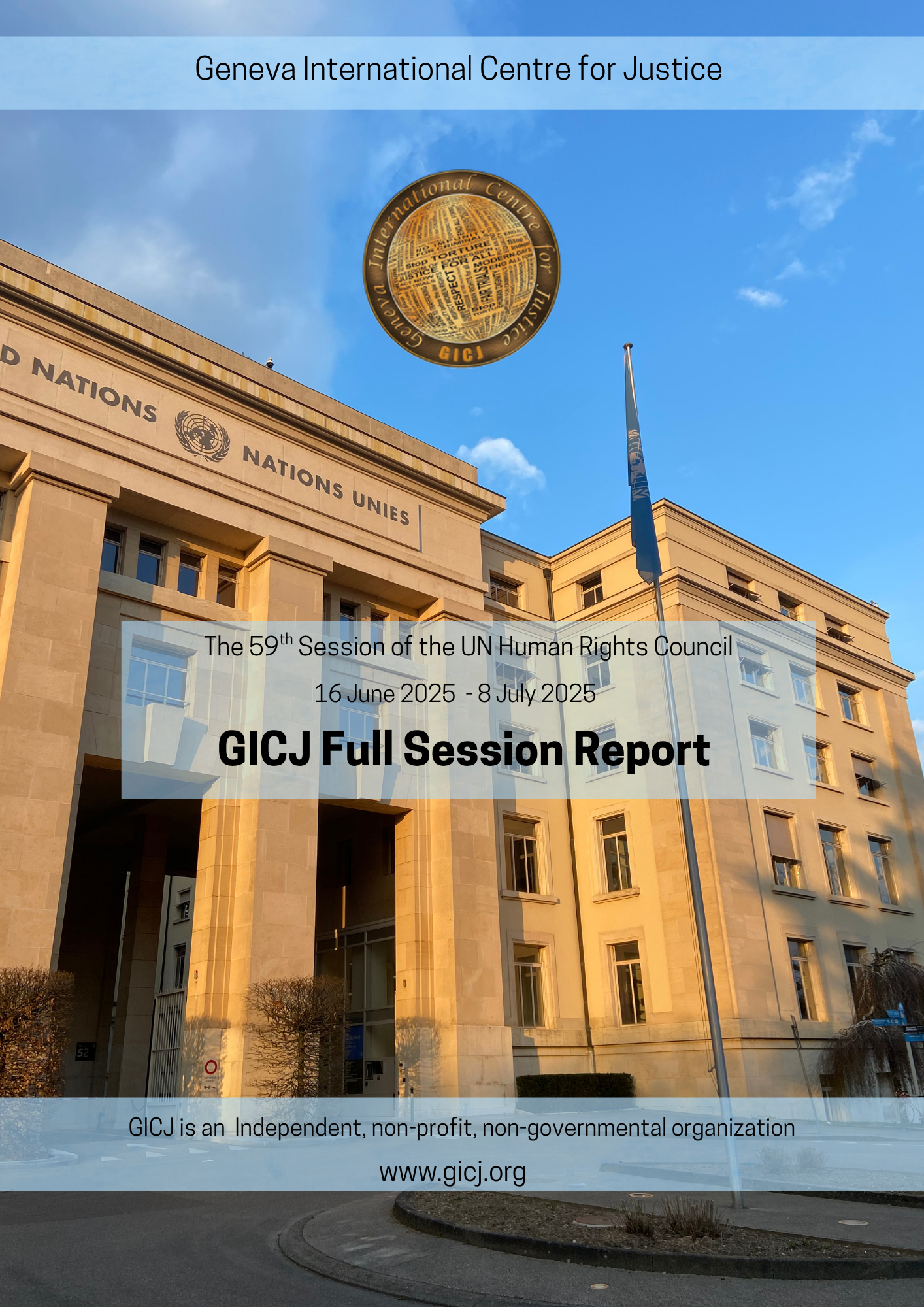
Gen Z Standing Up Across the World for Their Rights
By Léa Farge / GICJ
Introduction
From Morocco to Peru, Gen Z across the world are protesting to defend their fundamental rights.
Although the reasons for these protests vary across countries, their core demands are similar: social justice, transparency, and fair economic opportunities. United by frustration over the political systems’ failures to address issues such as corruption, climate change, and inequality, has rendered the educated yet unemployed youth in a state of disillusionment. This global mobilisation underscores the widening gap between young people’s aspirations and the limited opportunities provided by the entrenched elites.
The term “Generation Z” refers to those born between 1990 and 2010, making it a generation that has never known a world without the internet. They are, in essence, the children of globalisation.
Internet as a Fundamental Tool for Mobilisation
The use of the internet to organise, coordinate, and inform has become a defining characteristic of the Gen Z movements. Social media platforms such as Instagram, TikTok, and especially Discord have been essential for mobilising people rapidly.
In Nepal, for example, after the former Prime Minister was dismissed, the population proposed his successor via Discord. This Gen Z movement illustrates the political potential of digital tools, as they have become instruments of democratic engagement and catalysts for economic and political change.
A Movement that Drives Political Change
These youth-led protests have already achieved tangible results in several countries, including the resignation or dismissal of political leaders, government reshuffles, and promises of increased investment in education and healthcare.
Globally Connected Youth Movements
Across Peru, Morocco, Madagascar, and Nepal, a common symbol has emerged: a black flag bearing a grinning skull and crossbones wearing a straw hat inspired by the Japanese manga One Piece. It is a reference to young pirates fighting against corrupt governments. This emblem has become a unifying symbol of the global Gen Z movements, expressing the shared struggle and solidarity of youth-led revolts worldwide.
The protests in Madagascar drew inspiration from Nepal, which itself had been influenced by earlier movements in Indonesia, underscoring a global pattern of intergenerational learning and cross-border inspiration.

Young People as Historical Agents of Change
These movements echo earlier youth-led uprisings such as Occupy Wall Street (2011), the Arab Spring (2010–2012), and Hong Kong’s Umbrella Revolution (2014). While Generation Z differs in context, it shares the same ambition for systemic transformation, equipped now with digital tools that enable faster and more decentralised mobilisation.
A Spontaneous and Decentralised Movement
These protests, though massive, are largely spontaneous and leaderless. Their decentralised nature reflects the horizontal organisation that defines Gen Z activism. This structure is both a strength and a weakness, as it enables rapid and widespread mobilisation, but makes it harder to articulate unified political alternatives.
Most of these movements reject affiliation with political parties or trade unions, reflecting widespread distrust in traditional mechanisms of political representation.
Protests Met with Violent Repression
A tragic commonality among these protests is the level of state repression. Peaceful demonstrators have often faced brutal violence from security forces. Across all these countries, young people have lost their lives while demanding justice and equality. Yet, no one should have to risk their life to exercise the right to peaceful protest.
Young people are the architects of our future. Their voices must be heard, not silenced. Continued repression will only deepen anger.
The Gen 212 Movement in Morocco
The Gen 212 collective, named after Morocco’s international dial code, took to the streets to demand greater investment in health, education, and an end to corruption. Indeed, protests erupted over the government’s decision to invest billions in infrastructure for the 2030 FIFA World Cup while neglecting education and healthcare. Protesters chanted: “We don’t want the World Cup, we want free, quality education for everyone.”
The deaths of several pregnant women in public hospitals in Agadir in August 2025 triggered national outrage over the failing public health system, amplifying public anger.
At the same time, the country faces stagnating wages and soaring living costs, while youth unemployment remains at 36% among those aged 15–24.
Over half of Morocco’s population is under 35, yet their prospects remain limited.
Authorities responded with violent repression. Peaceful demonstrations were banned, protesters dispersed with excessive force, and in some cases, lethal means were used. Three demonstrators were killed, hundreds injured, and nearly one thousand arrested with at least 270 facing criminal charges. The Moroccan Association for Human Rights (AMDH) denounced arbitrary arrests and physical assaults by security forces.
Following the protests, the government pledged a 19% increase in funding for public education and healthcare. Young people now await the implementation of these promises.
The 2025 events in Morocco bear strong resemblance to the 2010 Arab Spring protests, as citizens once again call for justice, equality, liberty, and dignity.

Gen Z Mada in Madagascar
In September 2025, protests erupted in Madagascar amid growing frustration over frequent water and electricity cuts, which made studying and working conditions unbearable. Broader issues such as unemployment, social inequality, and corruption further fuelled the unrest.
The movement, initially organised online under the name Gen Z Mada, soon drew support from labour unions, civil society organisations, and opposition politicians.
An anonymous 20-year-old protester told Amnesty International in October 2025:
“We want our voices to be heard. For too long, young people have been ignored, even though we represent the future of this nation. By taking to the streets, we show that we will no longer accept silence. We demand a better future and reject a system that has abandoned education.”
Authorities banned protests and responded with lethal force. At least 22 people were killed and over 100 injured. The UN High Commissioner for Human Rights, Volker Türk, expressed shock at the violence, urging Malagasy authorities to uphold international obligations guaranteeing freedom of expression and peaceful assembly.
As a result of the mass protests and the military mutiny, President Andry Rajoelina resigned, having failed to ease tensions through dialogue. The government stepped down, and the military joined the protesters and seized power. However, young people's victory mustn't be confiscated by new elites or turned into another form of authoritarian rule.
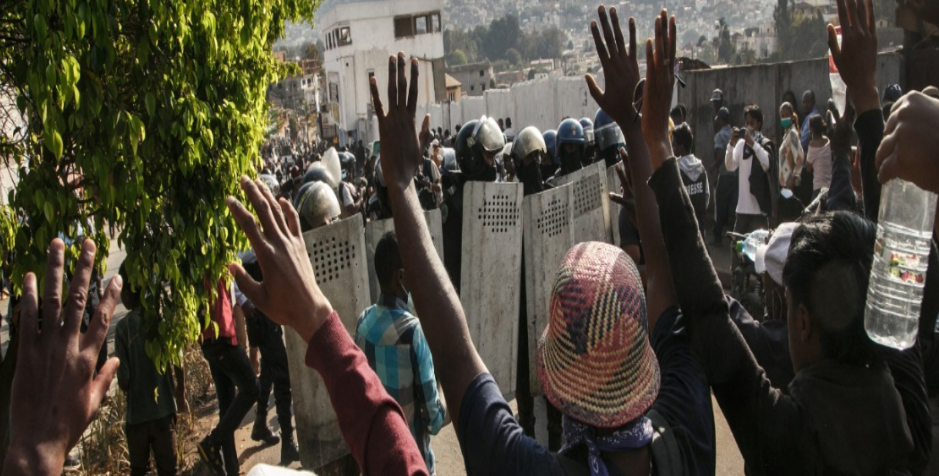
Gen Z in Nepal
In Nepal, the movement began after the government decided to ban social media, a measure widely viewed as an attack on freedom of expression. Even after the decision was reversed, protests escalated into broader demands against corruption, nepotism, unemployment, and economic stagnation. Public outrage grew after the children of political elites flaunted their wealth online in one of Asia’s poorest nations, fuelling anger over the inequality and nepotism.
The movement was massive in Nepal, as Gen Z represents nearly half of the population.
The protests were organised through Discord, a platform known for its security and decentralised communication.
Protests were violently suppressed, with at least 72 people killed by security forces.
Demonstrators torched government buildings in Kathmandu leading to the Prime Minister’s resignation. Remarkably, the candidate for interim Prime Minister was first proposed on Discord before being formally appointed, a historic example of digital democracy in action.
The events in Nepal echoed Bangladesh’s 2024 youth uprising.
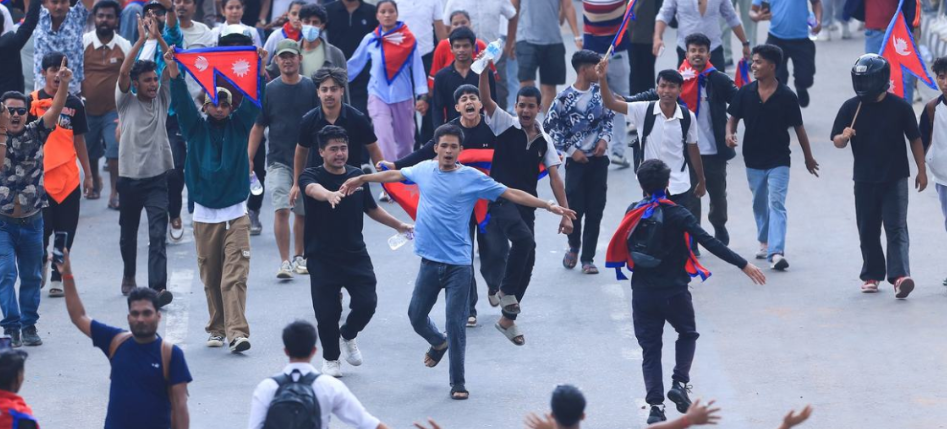
Gen Z in Peru
In Peru, the initial spark came from a proposed reform to the pension system. Protests quickly evolved into broader calls to end corruption, improve security, and protect women’s rights, particularly their reproductive rights. Public outrage intensified as cases emerged of rape victims being denied therapeutic abortions, highlighting systemic failures to protect women and girls.
As unrest escalated, President Dina Boluarte was deposed and interim President José Jeri Oré declared a state of emergency in Lima in an effort to restore order.
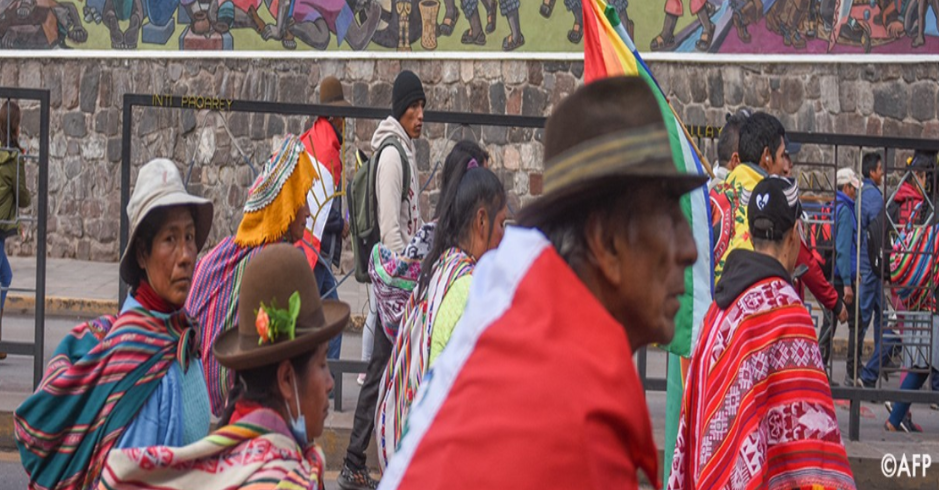
Conclusion
The wave of Gen Z-led protests demonstrates a renewed global commitment among young people to equality, justice, and democracy. Their strategic use of digital technologies underscores the transformative power of social media as a tool for political mobilisation and social change.
In several countries, these movements have achieved concrete results such as reshaping leadership, forcing policy reforms, and redefining civic engagement. Generation Z’s activism signals the emergence of a new era of global mobilisation in which young people are reshaping political power dynamics and reimagining democracy itself.
Geneva International Centre for Justice (GICJ) strongly condemns the unnecessary and disproportionate use of force by police against peaceful protesters. The United Nations Basic Principles on the Use of Force and Firearms clearly stipulate that firearms may be used only when there is an imminent threat to life or a serious risk of injury.
GICJ calls for the immediate release of all individuals arbitrarily detained in connection to peaceful protests. Authorities must conduct independent and impartial investigations into all instances of police violence and ensure accountability for all perpetrators, regardless of rank.
All States are reminded of their obligations under international law, including the International Covenant on Civil and Political Rights, to respect and protect the rights to freedom of peaceful assembly, expression, and association. Law enforcement actions must fully comply with international human rights standards.
Finally, GICJ emphasises that young people are the agents of tomorrow’s societies. Hence, their voices must be heard, and their fundamental freedoms must be safeguarded and upheld.




